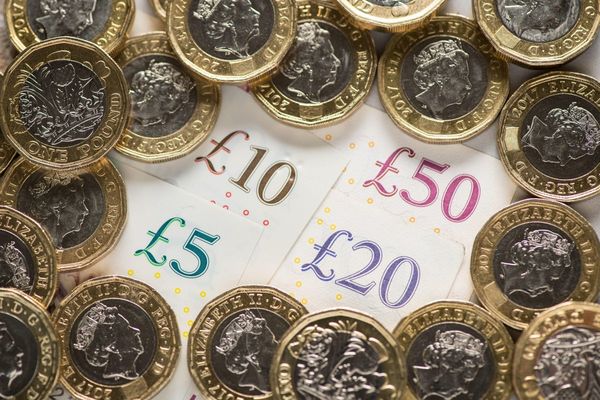
The Reserve Bank of Australia believes its bond purchase program introduced during the depths of the COVID-19 pandemic helped to lower financing costs for borrowers at a time of uncertainty.
Now the central bank will slowly unwind its $280 billion bond portfolio of five to 10 year maturities with the economy no longer needing the extraordinary monetary policy stimulus.
RBA assistant governor Christopher Kent has told a conference in Sydney the bond purchase program, otherwise known as quantitative easing or QE, was introduced in November 2020 at a time when the cash rate was cut to a record low 0.1 per cent.
The unemployment rate was close to seven per cent and inflation was very low.
Dr Kent said the program put downward pressure on both market interest rates and the Australian dollar, helping to lower financing cost for borrowers, and supporting asset prices and balance sheets for businesses and households.
He told the KangaNews DCM Summit RBA estimates suggest the yield, or interest rate on governments bonds to which loans are priced against, were around 30 basis points lower than they would have otherwise been.
In total the RBA bought $224 billion of government bonds and $57 billion of state bonds..
By February 2022, the RBA board decided to end the purchase program.
“Most importantly, there had been significant progress towards our goals, with the unemployment rate declining to 4.2 per cent and inflation rising in underlying terms to be close to the centre of the two to three per cent target range for the first time in seven years,” Dr Kent said.
At the May board meeting, where the cash rate was increased to 0.35 per cent 0.1 per cent, it also decided that rather than selling the bonds back on to the open market, it would hold them until maturity.
“We have now entered the phase known as quantitative tightening, or QT,” Dr Kent said.
“By allowing our bond holdings to gradually diminish over time as they mature, the initial stimulatory effects of those holdings – namely, downward pressure on government bond yields and the Australian dollar exchange rate – will gradually unwind.”
Meanwhile, it hasn’t taken long for the benefit of a cut in fuel excise to be wiped out by stubbornly high global oil prices and a weaker Australian dollar impacting on imports.
Motorists are already forking out $2 per litre again, despite the halving of the excise for six months as part of a $8.6 billion cost of living package in what has proved to be Josh Frydenberg’s last federal budget on March 29.
AMP chief economist Shane Oliver says it highlights how the fuel tax cut can easily be overwhelmed by swings in the oil and petrol market.
“Now we have little to show for it; the ATO has lost the revenue it would have raised and it’s going to be really hard to raise it in September,” he said.
As counting continues following Saturday’s federal election and with Mr Frydenberg possibly losing his Victorian seat, the incoming Labor government says it has no intention of extending the excise cut beyond September.
The Australian Institute of Petroleum will release its weekly petrol price on Monday.
Last week’s report showed the national average had increased to 185 cents per litre, the fourth weekly rise in a row after dropping to an average of 166.3 cents per litre in mid-April following the excise reduction.







